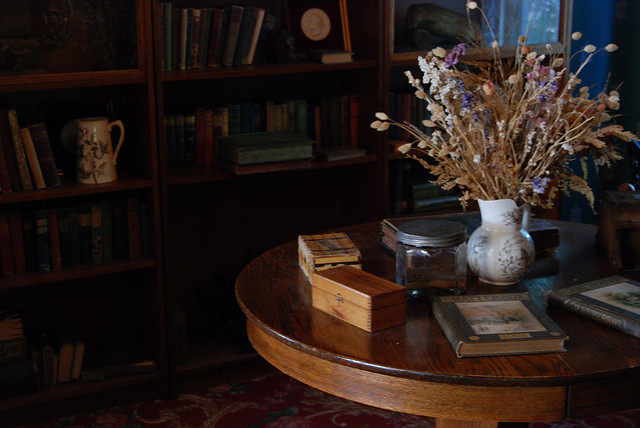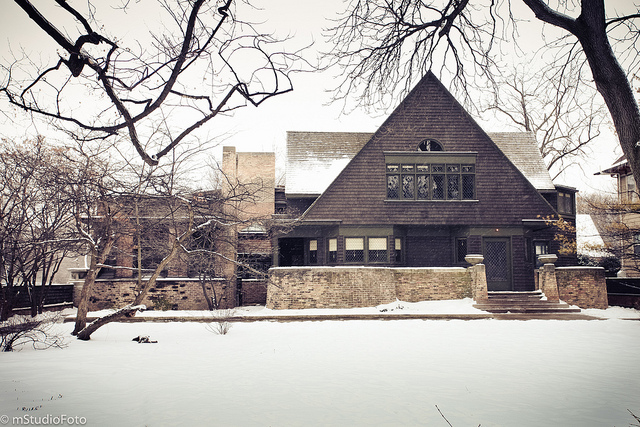Oak Park's Historic Homes: What Their Future Holds
By Michele Lenni in News on Feb 23, 2012 8:40PM
“Oak Park is a neighborhood of wide lawns and narrow minds," Ernest Hemingway once said. His distaste for the neighborhood would go down in the history books thanks to quotes like this, but where are not so sure his words stand the test of time when it comes the quaint, tree-lined streets of this community just to the west of Chicago. After all, we think Hemingway would most likely have championed the idea of turning his boyhood home into a museum of sorts and expanding the historic district of one of its most famous residents: architect Frank Lloyd Wright.
The Tribune reported The Ernest Hemingway Society of Oak Park, who purchased the home in 2001 and originated the notion of making it a museum, quickly abandoned the idea nearly a decade later in favor of having a single owner restore the home to its single-family glory. Listing Agent Steve Scheuring of Baird & Warner also told the Tribune these plans were also dissolved because of the splitting of the partnership between The Ernest Hemingway Society and Dominican University. Hemingway's home, built in 1906, was designed by architect Henry G. Fiddelke with help from from Hemingway’s mother, is now listed for sale by the Foundation at $525,000.
In happier news the small suburb to the west is expanding its Frank Lloyd Wright Historic District boundaries, adding 444 homes, according to the Tribune. The expansion brings the total number of homes in the district to 1,934. Of those, 1,728 homes - or 89 percent - will make the area considered one of America’s 10 great neighborhoods more expansive.
Plans for expanding the historic Lloyd-ian section of Oak Park began in 2005 according to Oak Park Urban Planner Doug Kaarre. To an outsider this seems like a great idea. Why not after all, more tourists, more commerce all equaling more dollar signs. Who would be opposed to that? Well, home owners in this newly expanded sect of the community are not happy about it, to say the least. All renovations, additions or any other adjustments to these homes must go though the Historic Preservation Commission. That means if you want a new mailbox or build an extra bathroom off the back of your home you must send all of your plans to the commission and it then goes through a extensive review with the board.
District resident Bill Dawson told the Tribune that, “Someone could propose a tasteful addition to the back of the building, but still have to go through a rigorous review process,” Dawson said. “It’s hard for people on the affordability side to have an architect draw up plans that cost a lot of money to have them knocked down and told they can’t do it that way.”
Historic Preservation Commission Chairwoman Christina Morris agrees and said the commission will attempt to work out the best solution for both the district and the property owner.
The American Planning Association declared the Frank Lloyd Wright District one of America’s 10 great neighborhoods in 2010. It is recognized as the “world’s single-greatest concentration of residences designed by architects representing the Prairie School style.”

